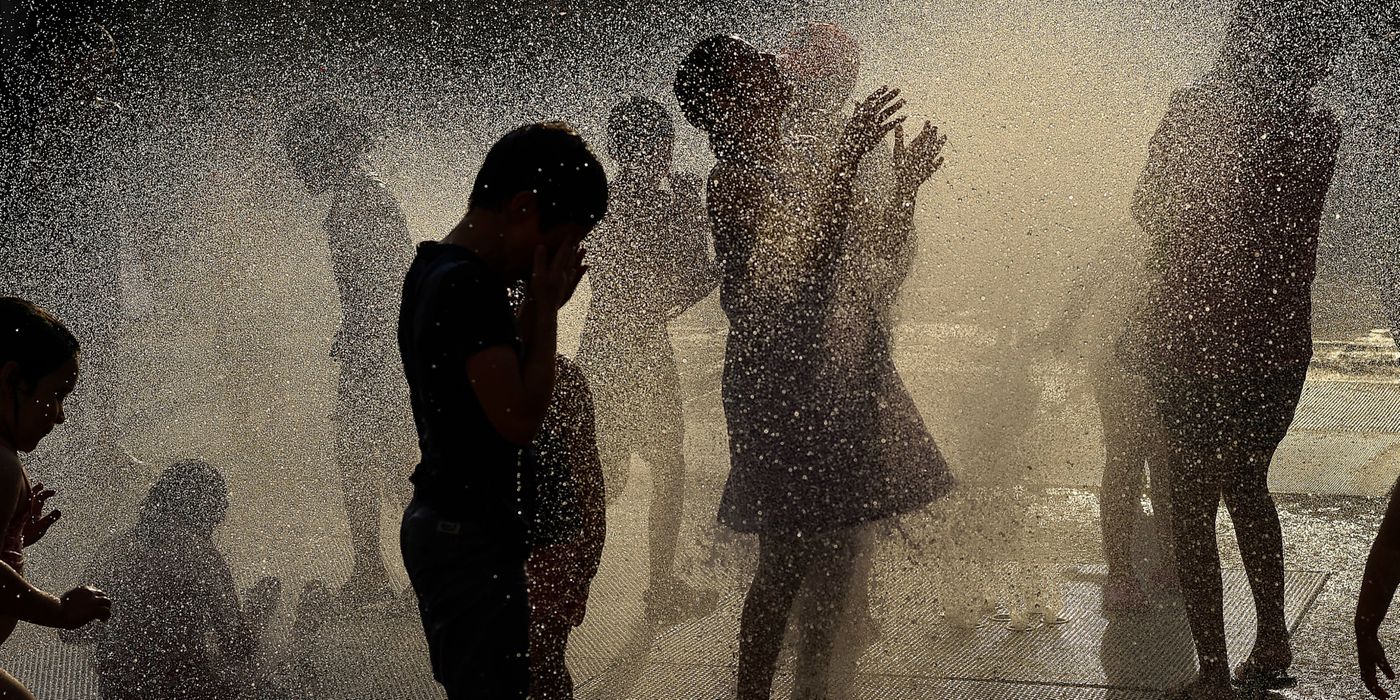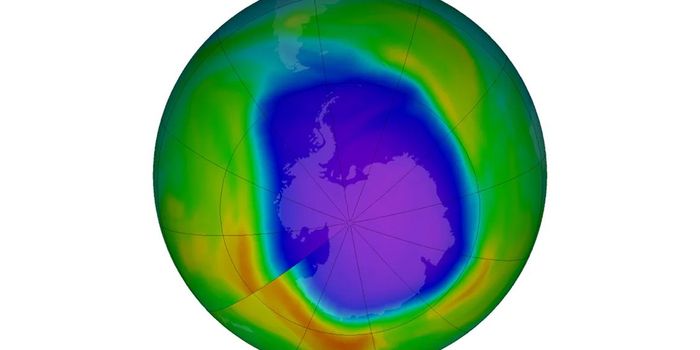Deadly heat waves will affect 74% of the world's population by 2100
We already know that climate change has brought us many irregular extreme heat events over the last years. And we know that the future isn’t exactly looking bright. (If you need a pick-me-up environmental story, you should stop reading.) But until now we haven’t quantified just how grim the rest of this century might look. According to a new study published in Nature Climate Change, if carbon gas emissions continue to rise at current rates, by 2100 seventy-four percent of the world's population will be exposed to deadly heatwaves.
Even the best case scenario is quite bleak. Supposing that we could drastically reduce emissions, that number will only sink to 48%. That’s either you or the person next to you, almost dying from heat.
"We are running out of choices for the future," said Camilo Mora, lead author of the study. "For heatwaves, our options are now between bad or terrible. Many people around the world are already paying the ultimate price of heatwaves, and while models suggest that this is likely to continue, it could be much worse if emissions are not considerably reduced. The human body can only function within a narrow range of core body temperatures around 37oC. Heatwaves pose a considerable risk to human life because hot weather, aggravated with high humidity, can raise body temperature, leading to life threatening conditions."
The study looked at over 1,900 cases of locations worldwide where high ambient temperatures have killed people since 1980 and analyzed the weather of 783 lethal heat episodes. The results were previously unpublicized. For example, did you know that the 2003 European heatwave killed roughly 70,000 people? Or that the 2010 Moscow heatwave killed 10,000 people while the 1995 Chicago heatwave killed 700? The team found that the regions on the planet where a “hot spell” crosses the line into a lethal heatwave for twenty days or more has been increasing in recent years, and worsening especially in mid-latitude countries. Currently, about 30% of the world's human population is exposed to such deadly conditions each year, reports Science Daily.
"Finding a threshold beyond which climatic conditions turn deadly is scientifically important yet frightening," said Farrah Powell, one of the co-authors in the study. "This threshold now allows us to identify conditions that are harmful to people. And because it is based on documented cases of real people across the globe, it makes it that more credible and relevant. The scary thing is how common those deadly conditions are already." The deadly conditions refer to the combination of both high humidity and temperatures. The threshold explains that as relative humidity increases, the temperatures that are considered lethal get lower.
The researcher developed an online application that allows you to count the number of days in a year when temperature and humidity exceed a deadly threshold for any place in the world. Looking at New York in 2100 show about 50 days with temperatures and humidity exceeding the threshold; in Sydney that same year that number will be 20; in LA, 30; and in Orlando and Houston…the entire summer.
"Climate change has put humanity on a path that will become increasingly dangerous and difficult to reverse if greenhouse gas emissions are not taken much more seriously," says Mora. "Actions like the withdrawal from the Paris agreement is a step in the wrong direction that will inevitably delay fixing a problem for which there is simply no time to waste."
Sources: Science Daily, Nature









